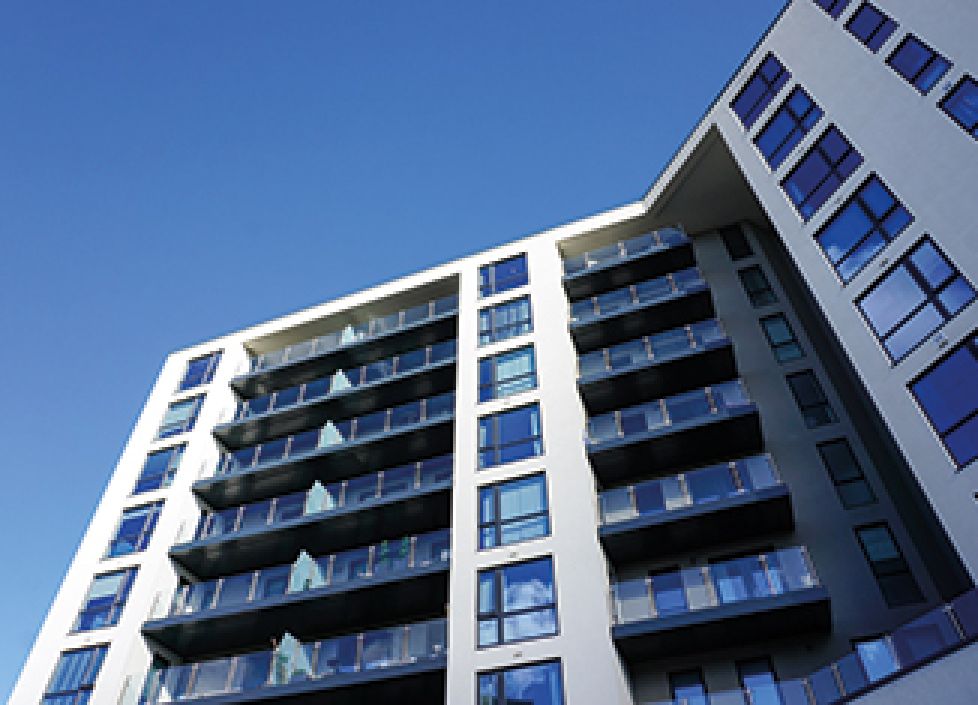I spoke with Richard Bowser about this month’s issue of PIN - the one in your hands now. Three themes stood out - REITs, sustainability, and co-living. Entirely unrelated to PIN, I have been working through the set-up of an off-shore 'fund of funds'. A long-term contact wants a structure for successful property operators around the UK. A buy and hold strategy requires considering what will be in demand plus adjusting to the unexpected. So, what housing might look like in 15 years has been on the brain.
Sustainability
The subject of sustainability in the real estate sector has been a topic over the last 15 years. Some might even say it has been a hot topic in specific niches. Independent of the exact priority from the past, sustainable development is a significant factor determining investment behaviour. With the benefits of green buildings well-established and an increasing number of countries requiring environmental impact assessment (EIA) reports to be submitted for all new buildings, REITs now have the challenge of developing their portfolios to meet this increasing demand. Energy efficiency ratings, smart meters, and charging points for Electric Vehicles (EV) are three things that have come up recently for one building in which I have an interest. We cannot predict the shape of the rental market in 15 years to improve our decision making ability. We just have to be open to alternatives which are not so obvious in the short term.
REITs & portfolio Operators
As this issue has focused on REITs, I will not dive into the legal and tax definition. For this article, let’s use a REIT as a proxy for any significant portfolio, independent of the exact legal and taxation structure used to hold the income producing assets. In addition, let’s narrow the focus to residential real estate and not focus on the other forms.
To kick-off your thinking, a couple of sweeping statements:
- A portfolio of ‘green’ buildings may be less expensive to operate.
- Green buildings could also attract a different tenant mix.
Good design is a start, and some technology choices have not been battle-tested over a long duration. Change or downstream adjustments are inevitable. Does it make sense to install hydrogen boilers or air source heat-pumps compared to the available alternatives at the time? How should we weigh up the operating costs over the long term? Some choices will burden the tenant (funding the heating bill), and other expenses are on the landlord. Will any particular choice shift the tenant demand?




















